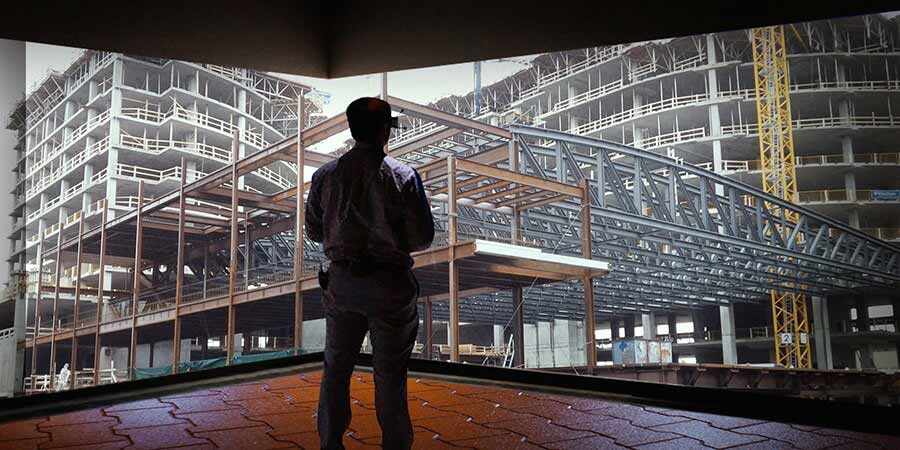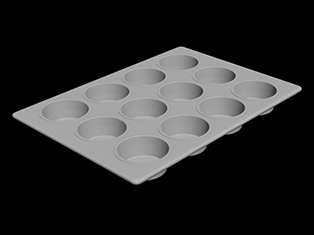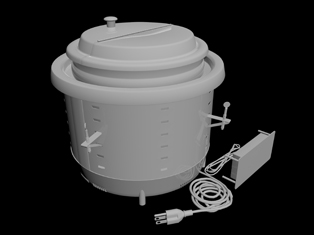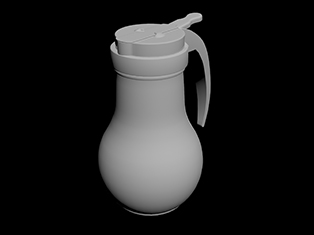
The construction sector is fast adopting BIM and 3D virtual reality to improve project visualization, streamline workflows and enhance collaboration. These tools help find design problems, reduce rework and support sustainable practices for efficiency and innovation.
Table of Contents
BIM provides a digital representation of a building’s functional and physical traits that allows for efficient design, construction and management. It includes data, 3D models and workflows for efficient collaboration.
When connected with 3D Virtual Reality (VR), BIM improves project visualization. This allows participants to interactively explore building designs and flag errors, and simulate preconstruction before actual construction starts. This reduces costs and augments project efficiency.
Digital construction technologies like Building Information Modeling (BIM), AI, IoT, and drones are transforming the construction sector. These technologies enhance project efficiency, mitigate errors and improve safety by enabling real-time information analysis and sharing. They also enhance resource management, refine collaboration and support sustainable practices, which lowers cost savings and expedites project timelines.
BIM and Virtual Reality (VR) used together have transformed project management and visualization by providing an immersive 3D environment. BIM offers accurate, information-rich, and detailed 3D models, while Virtual Reality (VR) provides stakeholders interactive model experiences. This integration improves collaboration, real-time decision making, and error reduction, which improves efficiencies within design, construction and facility management.
Low Poly and AR Ready 3D Models of 18,000+ Products for e-commerce Wholesaler, USA
A US eCommerce wholesaler of commercial restaurant supplies worked with Hitech CADD Services to make low poly 3D AR/VR models of 20,000+ restaurant equipment and supplies. They needed precise renders and texturing of the models with Color Maps, Roughness, Metallic Map, etc. Using CAD drawings, images, and scans, Hitech CADD Services used 3DS Max, Vray, and Photoshop to deliver AR/VR models with complete asset data. The deliverables led to –
 3D Scan of Ice Tray
3D Scan of Ice Tray
 3D Scan of Electric Cooker
3D Scan of Electric Cooker
 3D Image of Pan
3D Image of Pan
 3D Scan of Kettle
3D Scan of Kettle
Virtual Reality (VR) and BIM improve project design through immersive, 3D visualization of architectural 3D models. This helps project participants explore and interact with the space. This facilitates improved spatial understanding, design validation and accelerated identification of potential problems. VR also augments collaboration by empowering real-time, remote walkthroughs, feedback, improved communication and decision-making.
Virtual project walkthroughs using 3D simulations provide enhanced visualization that enables stakeholders to go through project layouts, design and functionality before actual construction starts. This allows for quick identification of design errors and a reduction in costly modifications. Remote access provides collaboration across teams and improves alignment and decision-making. Moreover, interactive simulations improve client presentations, expedite approvals, and improve client satisfaction.
Virtual design enhances construction project management by supporting improved collaboration, visualization and planning. Tools like BIM support stakeholders in creating accurate and detailed 3D models and identifying potential problems before construction starts. This mitigates errors, makes communication seamless, and improves decision making. Virtual design also helps real-time progress monitoring, improves project schedules and augments cost efficiency.
3D construction simulations improve safety by visualizing issues, project risk management, and training. They support cost savings with precise planning, mitigate rework, and lower material waste. Real-time decision-making is driven by the integration of real-time data that helps teams preempt issues, refine workflows, and modify plans to meet evolving site conditions.
Virtual Reality in construction improves project precision by helping participants visualize 3D models in an immersive 3D space. This significantly reduces rework and mitigates design conflicts. Virtual Reality (VR) supports real-time interference detection and spatial analysis and minimizes ambiguities between design and execution stages. This proactive identification of problems expedites decision making and improves project timelines, which results in seamless workflows and condensation of project timelines.
Immersive design transforms stakeholder engagement and project execution by using advanced technologies like Virtual Reality (VR), Augmented Reality (AR), and Mixed Reality (MR). These tools facilitate real-time simulations and interactive visualizations and improve communications and collaboration. Stakeholders can work in a dynamic environment that enables them to analyze design changes, foresee project results, and deliver quick feedback. This iterative process mitigates errors, expedites decision-making, and creates an alignment between multiple teams, which leads to efficient project execution and better stakeholder satisfaction.
Augmented Reality (AR) improves construction workflows by overlapping digital information on a physical space, facilitate real-time collaboration and visualization. Integrating VR with AR allows immersive training simulations and design feedback, which enables participants to improve accuracy, lower errors, and enhance workflows by providing context-specific information, augmenting decision-making, and stakeholder engagement for the entire lifecycle.
3D simulations use advanced modeling techniques and rendering engines to generate a realistic virtual environment for training and construction planning. These simulations include physics-based algorithms to simulate real-world scenarios and enable visualization of complex workflows and spatial relationships. By using immersive technologies like Virtual Reality (VR) and Augmented Reality (AR), stakeholders can engage in optimized project planning, enhanced decision-making, and operational efficiency within real-time scenarios. The integration of BIM further enriches these simulations through accurate data representations of physical assets for the entire project phase.
VR leverages immersive technology by conducting detailed simulations of multiple design alternatives, material specifications, and construction methodologies prior to initial physical construction. This iterative process fosters real-time evaluation of project parameters, optimizes resource allocation, mitigates risks, and enhances collaboration between architects, engineers and contractors, streamlining decision making and improving project outcomes.
Virtual Reality (VR) within the construction landscape improves productivity and reduces risk by enabling immersive design visualization, facilitating real-time collaboration, and simulating construction workflows. It supports stakeholders in identifying design issues and reduces costly rework. Moreover, VR training modules enhance worker safety and skills, while predictive analysis improves resource allocation and streamlines project schedules.
New advancements in digital construction tech like AI integration for predictive analytics, drones, for site surveying, and IoT devices for real-time tracking, significantly improve project efficiency, data precision, and collaborative processes.
Emerging trends in Virtual Reality (VR) and augmented reality (AR) enhance design visualization and participant engagement. Digital Twins enable real-time performance tracking of smart buildings, facilitating proactive maintenance and effective resource management while improving energy use.
BIM and VR play an important role in green building initiatives by enabling accurate energy modeling and simulating sustainable designs. These technologies foster compliance with regulations, improve resource efficiency, and support decision making for projects with a lower carbon footprint.
| Challenges | Solutions |
|---|---|
| High Initial Costs | Spread costs with gradual adoption. |
| Resistance to Change | Host workshops to showcase benefits. |
| Lack of Skilled Workforce | Partner with educational institutions. |
| Data Integration Issues | Ensure seamless data exchange. |
| Software Compatibility Problems | Select compatible platforms. |
| Limited Stakeholder Engagement | Use collaborative tools and VR. |
| Data Security Concerns | Implement strong security protocols. |
| Regulatory Compliance Challenges | Work with industry bodies. |
BIM and 3D VR represent transformative advancements within construction that offer precision, visualization and collaborative capabilities. Integrating these technologies supports construction teams with design optimization, rework reduction, and greater stakeholder engagement based on immersive simulations. As these tools continue to evolve and progress, they promise higher efficiencies, innovation and sustainability to shape a more resilient and productive future for the construction sector.
You may also like
From 2D to 3D: Why Architects are Switching to BIM Modeling
10 Essential Best Practices for BIM in MEP Engineering
How 3D Scan to Revit Can Solve As-Built Modeling Challenges
DXF Files in SolidWorks: How to Import and Export Them